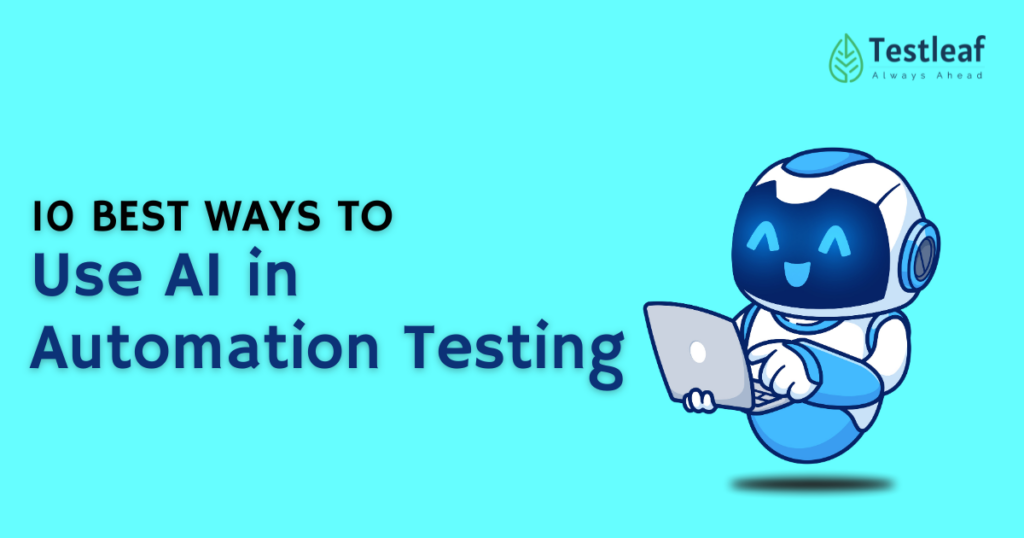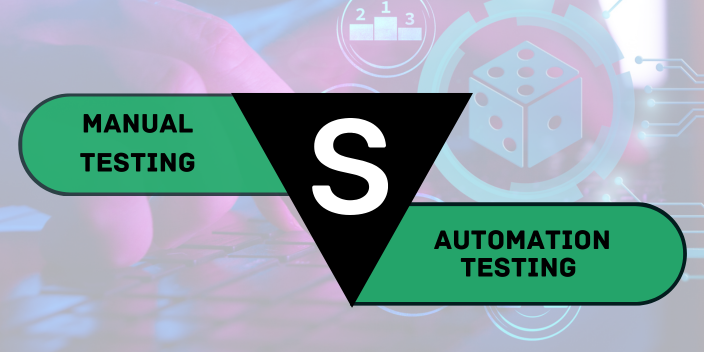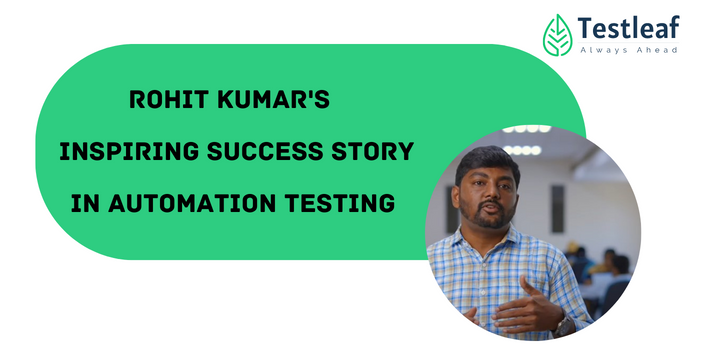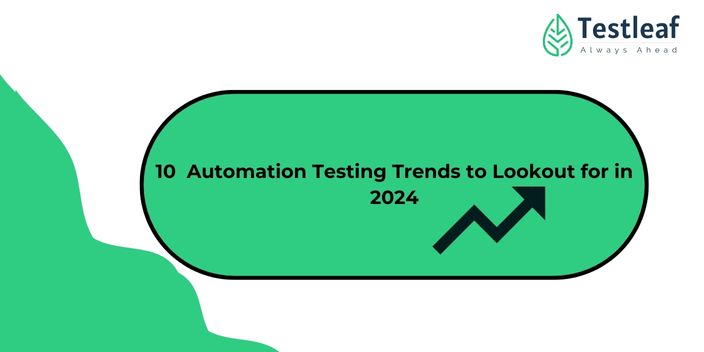Introduction
In today’s fast-paced software development world, traditional testing methods can’t keep up with continuous delivery and evolving applications. With AI-powered automated testing, software quality assurance is getting better, faster, and more efficient. As a result of artificial intelligence tools, teams can detect defects earlier, increase test coverage, and minimize maintenance costs. There is no doubt that artificial intelligence is the future of the software testing industry; hence, testing folks are keen to learn how AI is being used in automated testing. Before that, we need to look into whether you are Proficient in automation testing.
Expertise in Automation
Yes, at first, it is essential to be strong in automation testing before entering the AI testing landscape. Automation testing is crucial for achieving success in the software testing industry. Transitioning from manual to automated testing represents a swift adoption that addresses challenges by automating repetitive tasks. With Agile and Continuous Delivery gaining significance, automated testing becomes vital for delivering high-quality software swiftly.
As new technologies come into play, we must keep pace and stand out. So, we find ourselves in the era of AI Testing. Here, we’ll explore the 10 best ways to use AI in automation testing and how they can enhance software quality.
1. AI Driven Test Case Generation
Manually creating test cases is time-consuming and subject to human error. In order to generate high-quality Test cases, AI analyses historical data, user behaviour, and application logs.
– AI creates test scenarios that are more relevant and impactful based on past scenarios.
– It helps in covering edge cases that manual testers might miss.
For example, a few AI tools, such as Testim and Functionize, use machine learning algorithms to auto-generate test scripts based on application usage patterns.
2. Self-Healing Test Automation
The maintenance of test scripts when UI elements change is one of the most challenging aspects of test automation. AI tools automatically detect these changes and update test scripts, reducing script maintenance efforts.
– AI prevents test failures due to minor UI modifications.
– Enhances test script stability across different application versions.
Example: Several tools, such as Mabl and Applitools, offer self-healing capabilities, which allow automated tests to adapt dynamically to changes in the user interface.
3. Test Execution Optimization: AI-Based Test cases
Running all the test cases in a test suite can drain resources. By using AI, we can prioritize the most critical and high-risk test cases, taking into account historical failures and recent code changes.
– This approach saves execution time by concentrating on the test cases that have the most significant impact.
– It enables risk-based testing, ensuring we achieve maximum test coverage with minimal effort.
For instance, AI-powered testing tools can analyze previous test results to streamline test execution effectively.
4. AI in Visual Testing and UI Validation
AI plays a significant role in enhancing visual testing by identifying inconsistencies in user interfaces across various devices, browsers, and screen resolutions.
– It effectively compares screenshots and highlights any differences in UI elements.
– By intelligently distinguishing between actual defects and minor visual variations, it helps to reduce false positives.
Example: Applitools uses AI-driven image recognition technology to ensure visual UI consistency across different applications.
5. AI-Driven Test Data Generation
AI streamlines the generation of realistic test data by examining actual user interactions and system behaviors. Here’s how it works:
– It produces synthetic test data tailored for functional, performance, and security testing.
– It guarantees data privacy compliance by masking or anonymizing any sensitive information.
Example: Tools like Tonic.ai and the Synthetic Data Vault (SDV) utilize AI to craft test data that closely resembles real-world conditions.
6. Predictive Analytics for Defect Detection
AI technology reviews past test results and defect patterns to foresee possible failures before they occur.
– This enables testers to concentrate on the more vulnerable areas of the application.
– By pinpointing weaknesses in the code, the quality of the software is enhanced.
Example: AI tools work seamlessly with test management systems to identify potential defects based on historical data.
7. Log and Error Analysis: AIs Proactive Approach
Manually sifting through test logs and error messages can be quite a task. Fortunately, AI-powered tools can streamline this process by automatically scanning logs to identify patterns, classify errors, and offer solutions.
– This leads to quicker root cause analysis.
– It boosts debugging efficiency by cutting down on manual work.
For example, tools like Splunk and the ELK Stack (Elasticsearch, Logstash, Kibana) utilize AI to analyze test logs and deliver valuable insights.
8. AI in Performance and Load Testing
AI plays a significant role in enhancing the performance testing landscape by predicting how systems will behave under various load conditions.
– Through AI-driven simulations, teams can pinpoint bottlenecks and identify scalability concerns effectively.
– It also streamlines the testing process by automating the monitoring of performance metrics.
Example: Tools like NeoLoad and LoadRunner leverage AI technology to analyze system performance during heavy load scenarios.
9. AI Chatbots for Test Automation
AI-powered chatbots play a crucial role in streamlining the testing process by executing test cases, analyzing the results, and reporting any defects found. Here are a few key points:
– These chatbots seamlessly integrate with CI/CD pipelines to automate the test execution process.
– They offer real-time test reports and insights, which can be delivered through platforms like Slack or Microsoft Teams.
Example: AI-driven chatbots within testing tools can respond to voice or text commands, making it easy to initiate test runs effortlessly.
10. AI for Continuous Testing in DevOps
AI plays a crucial role in continuous testing by integrating with DevOps pipelines.
– It automates the testing process at every stage of the CI/CD pipeline.
– Additionally, it offers immediate feedback on code modifications.
For instance, AI-driven testing tools such as TestCraft and Tricentis Tosca guarantee smooth integration with DevOps workflows.
Conclusion: Are you ready for AI Software Testing?
AI is transforming the landscape of software testing, making the process quicker, smarter, and more efficient. With advancements like self-healing test scripts and predictive defect detection, AI-driven testing solutions drastically minimize manual work, improve accuracy, and streamline test execution.
As AI continues to evolve, adopting AI-driven automation testing will be crucial for organizations to stay ahead in the competitive software industry.
Are you ready to implement AI in your automation testing strategy? Learn how to use AI in testing. Click here for our upcoming webinar.
We Also Provide Training In:
- Advanced Selenium Training
- Playwright Training
- Gen AI Training
- AWS Training
- REST API Training
- Full Stack Training
- Appium Training
- DevOps Training
- JMeter Performance Training
Author’s Bio:

As CEO of TestLeaf, I’m dedicated to transforming software testing by empowering individuals with real-world skills and advanced technology. With 24+ years in software engineering, I lead our mission to shape local talent into global software professionals. Join us in redefining the future of test engineering and making a lasting impact in the tech world.
Babu Manickam
CEO – Testleaf







